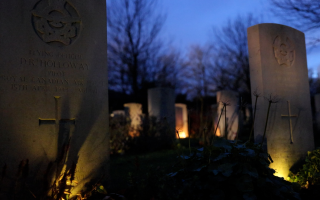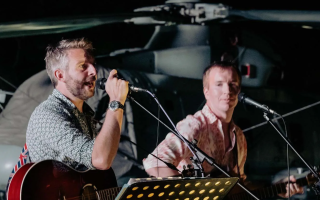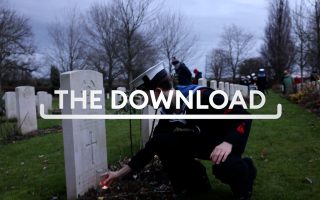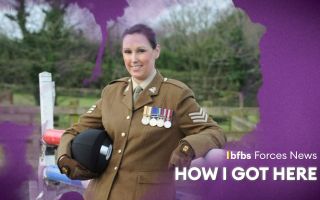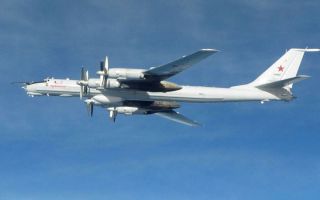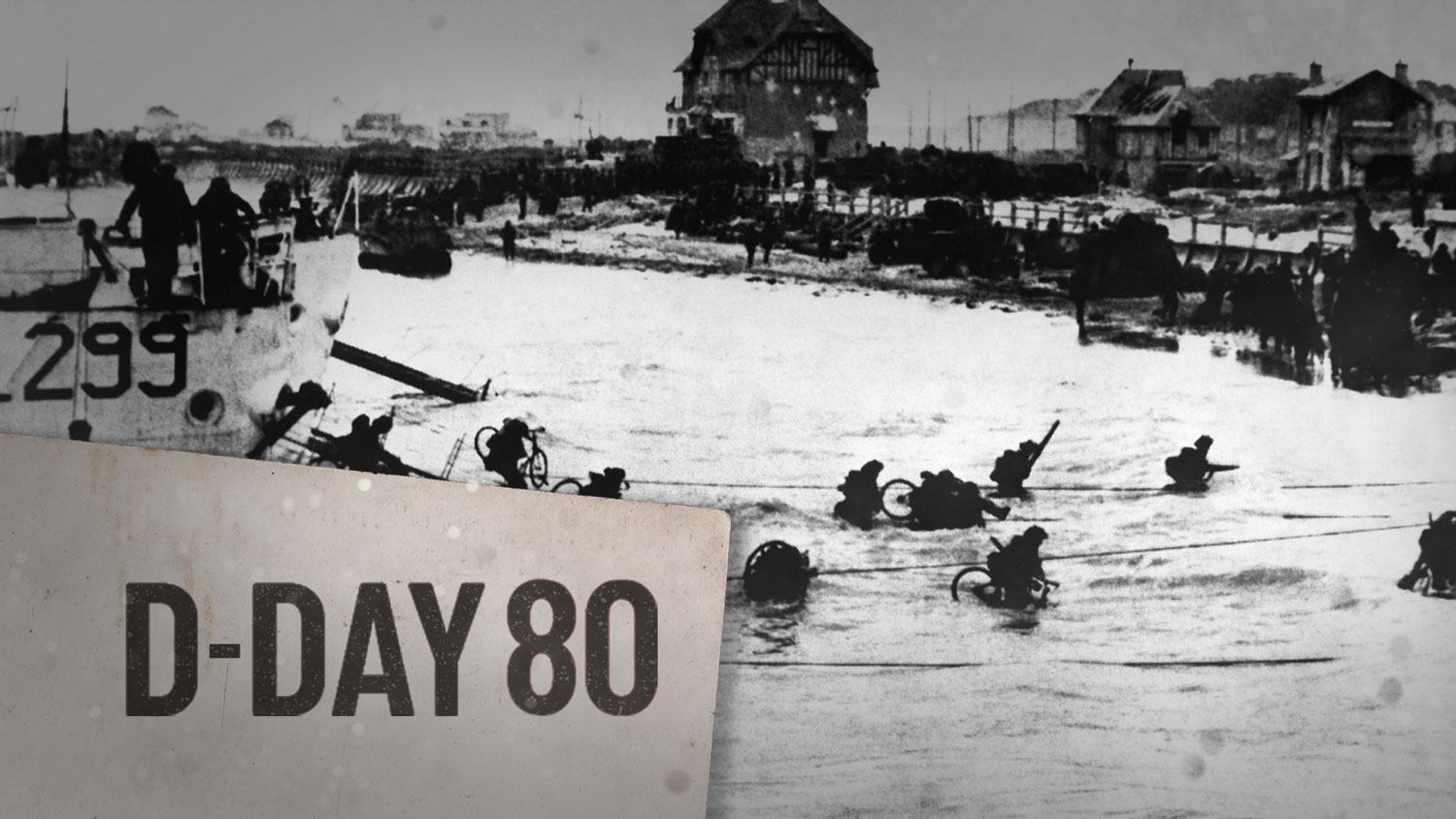
Gold, Sword and Jelly? How the Normandy invasion beaches got their codenames

On 6 June 1944, Allied troops landed on five beaches in Normandy: Utah, Omaha, Gold, Juno and Sword.
But did you know that two of them were named after fish?
And there should have been a third.
Jellyfish
The British and Canadian beaches were originally given the codenames Gold, Jelly and Sword – all types of fish.
The fish theme was chosen by General (later Field Marshal) Bernard Montgomery, the Commander in Chief of the Allied ground forces for the invasion.
But Prime Minister Winston Churchill disapproved of the word ‘Jelly’ for the Canadian beach, because it sounded inappropriate for a location where many men might die.

Juno
Instead, Wing Commander Michael Dawnay suggested Juno, his wife's first name. In Roman mythology. Juno was a goddess, the daughter of Saturn and mother to Mars and Vulcan.
This appealed to Churchill's belief that codenames should reflect the historical significance of events.
He'd previously suggested in his book Closing the Ring that "the heroes of antiquity, figures from Green and Roman mythology, the constellations and stars, famous racehorses, names of British and American war heroes, could be used".
Roundhammer to Overlord
Churchill also changed the codename of the Normandy operation itself.
It was originally to be called Roundhammer, taking parts of the names of two previous operations, Sledgehammer in 1942 and Roundup in 1943.
But the Prime Minister stepped in and changed it to the more stately Overlord.
Utah and Omaha
What about the American beaches, Utah and Omaha?
These were chosen by General Omar Bradley, the commander of the US 1st Army, which alongside the British Second Army made up General Montgomery's 21st Army Group.
Their origins are less well understood.
One theory says he simply asked the commanders of the US V and VII Corps, 'Gee' Gerow and 'Lightning Joe' Collins, where they were from.
A more likely one says they were the homes of two junior soldiers who worked with Gen Bradley at his headquarters in London.
One came from Omaha in Nebraska, while the other was from Provo in Utah.
The sixth beach
There was a little-known sixth beach planned for the Normandy Landings.
The beach was codenamed Band and was located east of the River Orne.
It was never used on D-Day because the area inland had been intentionally flooded by the Germans to deter gliders from landing in an airborne attack.



